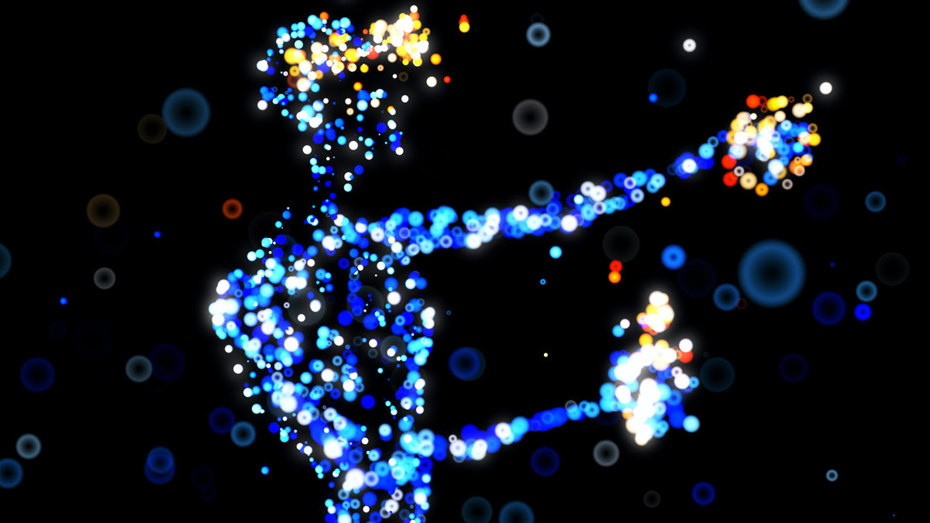Bourbon, a spirit deeply rooted in American tradition, is experiencing a renaissance driven by innovation. This time-honored drink, defined by its corn-rich mash bill and aging in new charred oak barrels, is being reimagined through new techniques and technologies. This article explores the cutting-edge developments reshaping bourbon production, offering a glimpse into how tradition is meeting modernity in the world of bourbon.
- Advanced Aging Processes
One of the most significant innovations in bourbon production is the development of advanced aging processes. Traditional bourbon aging, which relies on the passage of time and natural environmental factors, is being complemented by techniques designed to accelerate or enhance the maturation process. Techniques such as using smaller barrels for faster aging, employing controlled temperature and humidity environments, and introducing ultrasonic waves to increase the interaction between the liquor and wood, are revolutionizing the aging process. These methods are creating complex flavor profiles in a fraction of the time traditionally required. - Experimental Barrel Finishing
Bourbon producers are experimenting with different types of barrel finishes to impart unique flavors. After the traditional aging in new charred oak barrels, bourbons are transferred to previously used barrels, such as sherry, port, rum, or even beer barrels. This secondary aging process infuses bourbons with additional layers of flavor, adding notes of fruit, spice, or sweetness, depending on the type of barrel used. - Non-Traditional Grain Recipes
While traditional bourbon is made primarily from corn, distillers are experimenting with non-traditional grain recipes. The inclusion of different grains like quinoa, oats, or triticale is altering the flavor profile of bourbon, offering new and unique tastes. These alternative grains add different textures and complexities, appealing to a broader range of palates and pushing the boundaries of what bourbon can be. - Use of Hybrid Yeast Strains
The fermentation process is crucial in flavor development in bourbon production. Distilleries are now experimenting with hybrid yeast strains, engineered for specific flavor profiles. These new yeast strains can enhance particular aspects of flavor, such as sweetness, fruitiness, or spiciness, allowing distillers to have more control over the taste of the final product. - Sustainable Production Practices
Sustainability is becoming a key focus in bourbon production. Distilleries are implementing eco-friendly practices, including the use of renewable energy sources, recycling water used in the distilling process, and repurposing spent grains as animal feed or for other agricultural purposes. These sustainable practices not only reduce the environmental impact but also resonate with environmentally conscious consumers. - Data-Driven Distillation
The integration of data analytics and automation in the distilling process is a significant leap forward. Distilleries are employing sensors and software to monitor and control various aspects of production, such as temperature, humidity, and fermentation rates. This precision ensures consistent quality and allows for fine-tuning of the distillation process based on real-time data. - Personalized Bourbon Experiences
With advancements in technology, some distilleries are offering personalized bourbon experiences. Consumers can customize their own bourbon by selecting the grain recipe, yeast strain, barrel type, and aging process. This personalization aspect not only enhances the consumer experience but also allows for an exploration of diverse flavor profiles. - Virtual Reality and Augmented Reality
Virtual Reality (VR) and Augmented Reality (AR) technologies are being used for marketing and educational purposes. Distilleries are offering virtual tours, tastings, and educational experiences, allowing consumers to explore the world of bourbon from their homes. This technological engagement is expanding the reach of bourbon brands and providing a new way for consumers to connect with their products.
Conclusion
The bourbon industry is embracing innovation while maintaining its rich heritage. These new techniques and technologies are not replacing the traditional bourbon-making process but are complementing it, offering new flavors, experiences, and efficiencies. As these innovations continue to evolve, they are shaping the future of bourbon, making it more diverse, sustainable, and accessible to a global audience.

